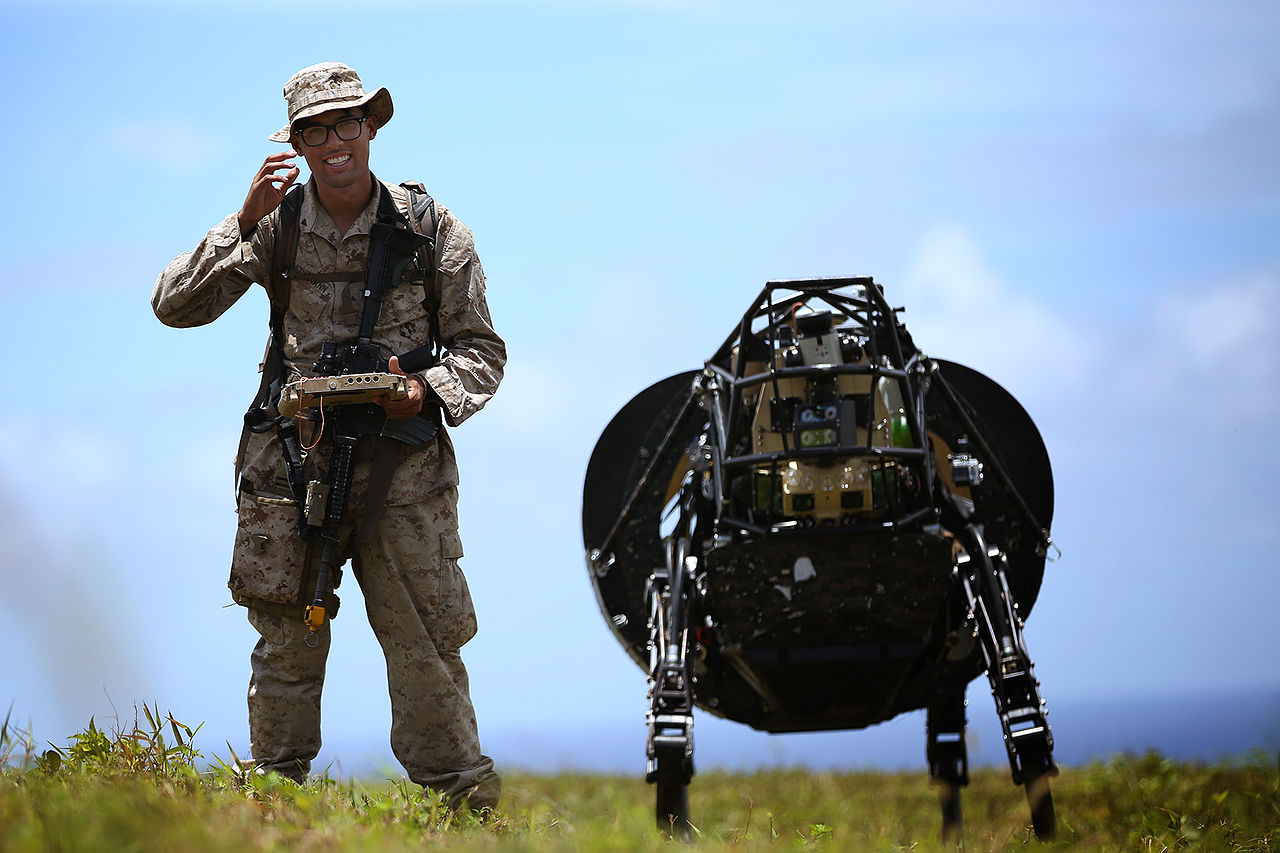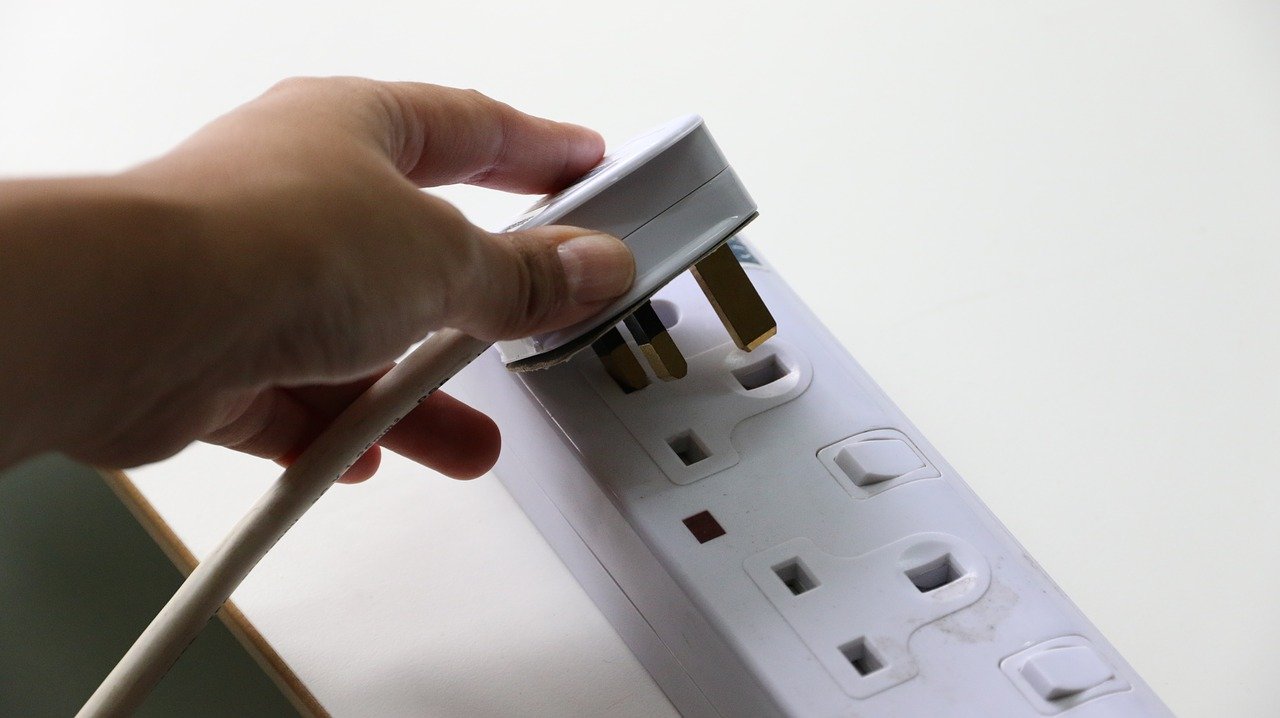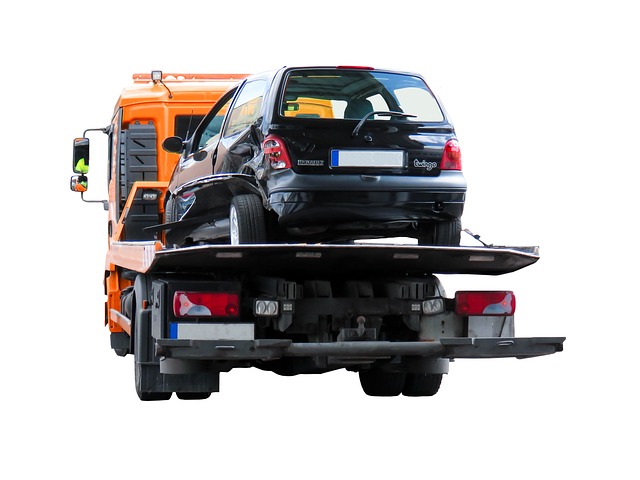For decades now, robotics has revolved around the idea that robots can be controlled using exact models of robots and exact models of their environment. But there has been a paradigm shift to the use of “reactive controllers” that take input from sensors. This data is run through statistical models to determine which robot actions are most likely to bring about the desired results.This new paradigm is referred to as probabilistic robotics by Sebastian Thrun from the School of Computer Science at Carnegie Mellon University.
Examples of these applications of probabilistic robots/software include a straddle carrier at a shipyard or cargo dock, a robotic museum tour guide or a “nurse robot” which assists nurses and the elderly.
Following is a typical particle filter algorithm that uses Bayes filters
Algorithm particleFilters(X, u, z)
let X0 = X0
aux = ∅
// forward projection step
for i = 1 to N do
retrieve i-th particle xi from particle set X
draw x
0
i ∼ p(x
0
|u, xi) using the motion model p(x
0
|u, x)
add x
0
i
to X0
aux
end for
// resampling step
for j = 1 to N do
draw random x
0
j
from X0
aux with probability proportional to p(z|x
0
j
)
add xj to X0
end for
return X0
end algorithm
Improving Efficiency & Reliability of Robotics is Top of Mind
According to a paper from Deloitte, “The robots are coming,” many companies in many industries currently see the challenge of increasing automation as the number one or two priority to long-term success. In order to carry this out, companies are:
- leveraging new cloud computing services
- working on various types of robotic process automation
- developing analytics capabilities through the use of analytical software
- increasing the amount of functional process integration
- developing a GBS model
- increasing process automation
The following video, “How does Robotic Process Automation work?,” from DeloitteUK shows how robots can perform human tasks autonomously.







